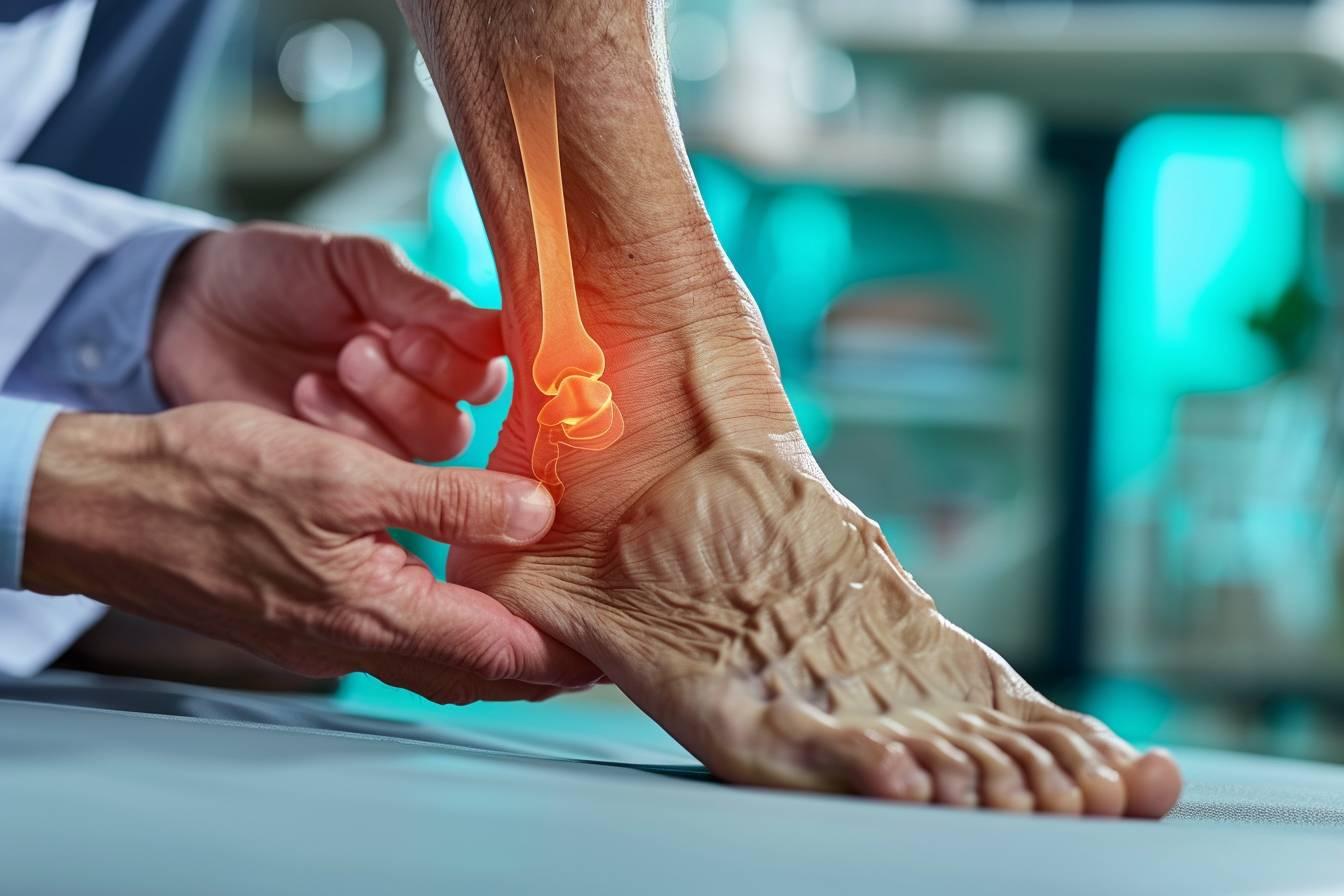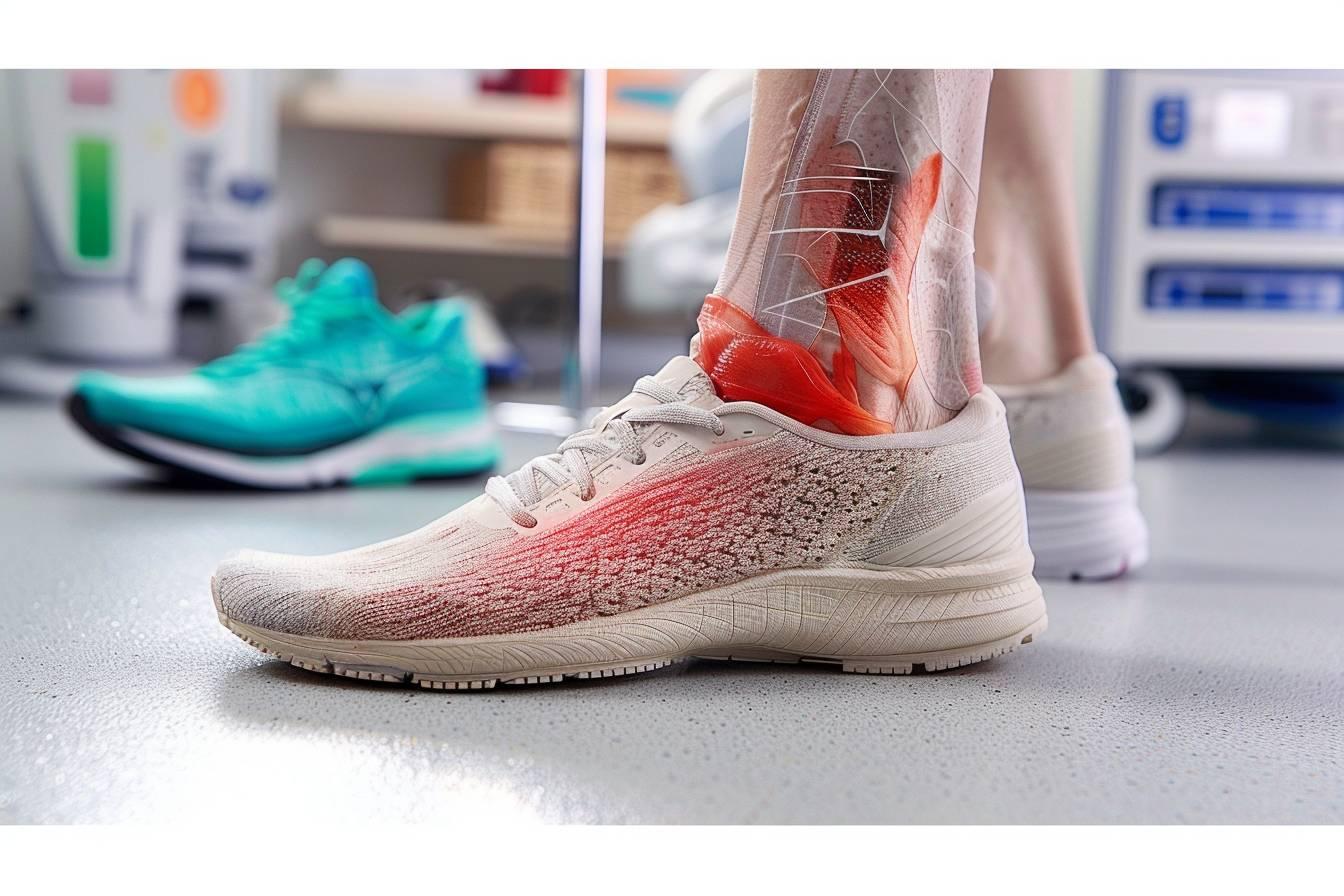Plantar fasciitis is a common foot condition that affects millions of people worldwide. This painful ailment can significantly impact daily activities and overall quality of life. Recognizing the signs and symptoms of plantar fasciitis is crucial for early intervention and effective treatment. In this article, we'll explore the two key indicators that may suggest you're dealing with this bothersome foot problem.
Understanding heel pain: The hallmark of plantar fasciitis
The most prominent sign of plantar fasciitis is intense heel pain, particularly when taking your first steps in the morning or after prolonged periods of rest. This discomfort is often described as a sharp, stabbing sensation localized at the bottom of the heel.
The pain associated with plantar fasciitis stems from inflammation of the plantar fascia, a thick band of tissue that runs along the bottom of the foot, connecting the heel bone to the toes. When this tissue becomes irritated or inflamed, it can cause significant discomfort.
Interestingly, the pain tends to be most severe during these initial steps due to the sudden stretching of the plantar fascia after it has been in a relaxed state. As you continue to move and the tissue warms up, the pain may subside somewhat, only to return after extended periods of inactivity.
It's worth noting that the intensity of heel pain can vary from person to person. Some individuals may experience a dull ache, while others might feel a sharp, knife-like pain. The discomfort may also extend along the arch of the foot in some cases.
To better understand the characteristics of plantar fasciitis-related heel pain, consider the following list:
- Most severe upon waking or after sitting for long periods
- Often described as sharp or stabbing
- Typically localized at the bottom of the heel
- May improve with activity but worsen as the day progresses
- Can be exacerbated by prolonged standing or intense physical activity
Dr. Christoper Nester, a renowned podiatrist at the University of Salford, emphasizes the importance of recognizing this pain pattern: "The classic presentation of plantar fasciitis is pain with the first few steps in the morning. This is a key diagnostic feature that helps differentiate it from other foot conditions."
Arch stiffness and tenderness: A telltale symptom
The second significant sign of plantar fasciitis is arch stiffness and tenderness. This symptom often accompanies the heel pain and can provide further insight into the condition's presence.
When the plantar fascia becomes inflamed, it can lead to a feeling of tightness or stiffness along the arch of the foot. This sensation may be particularly noticeable when you try to flex your foot or push off while walking. The arch area may also feel tender to the touch, especially when applying pressure.
The stiffness and tenderness in the arch are directly related to the inflammation and micro-tears that occur in the plantar fascia. As the tissue attempts to heal, it can become less flexible, leading to increased discomfort and reduced foot function.
Many individuals with plantar fasciitis report that their arches feel especially tight and painful after long periods of rest or inactivity. This symptom often improves with gentle stretching and movement but may worsen with prolonged standing or high-impact activities.
To help you identify arch stiffness and tenderness associated with plantar fasciitis, consider the following characteristics:
- A sensation of tightness along the bottom of the foot
- Discomfort when flexing the foot or toes upward
- Pain or tenderness when pressing on the arch
- Difficulty performing certain foot movements or exercises
- Increased stiffness after periods of inactivity
Dr. Judith Baumhauer, an orthopedic surgeon at the University of Rochester Medical Center, notes: "While heel pain is often the primary complaint, many patients with plantar fasciitis also experience significant arch discomfort. This combination of symptoms can be particularly debilitating and should prompt further evaluation."
To further illustrate the relationship between heel pain and arch stiffness in plantar fasciitis, consider the following table:
| Symptom | Morning | During Activity | After Prolonged Rest |
|---|---|---|---|
| Heel Pain | Severe | Moderate to Mild | Moderate to Severe |
| Arch Stiffness | Significant | Mild to Moderate | Moderate |

Recognizing additional factors and seeking help
While heel pain and arch stiffness are the two primary signs of plantar fasciitis, it's essential to consider other factors that may contribute to or exacerbate these symptoms. Being aware of these additional elements can help you better understand your condition and seek appropriate treatment.
Risk factors that may increase your likelihood of developing plantar fasciitis include:
- Age (most common between 40-60 years)
- Obesity or sudden weight gain
- Occupations that require prolonged standing
- High-impact sports or activities
- Foot structure abnormalities (e.g., high arches or flat feet)
It's worth noting that plantar fasciitis can sometimes be confused with other foot conditions, such as heel spurs or Achilles tendinitis. Therefore, if you experience persistent heel pain and arch stiffness, it's crucial to consult a healthcare professional for an accurate diagnosis.
Dr. Irene Davis, a physical therapist and director of the Spaulding National Running Center at Harvard Medical School, advises: "Don't ignore persistent foot pain, especially if it's affecting your daily activities. Early intervention can prevent the condition from becoming chronic and more difficult to treat."
In conclusion, recognizing the two key signs of plantar fasciitis - intense heel pain and arch stiffness - is crucial for early detection and management of this common foot condition. By paying attention to these symptoms and understanding their characteristics, you can take proactive steps towards seeking appropriate care and finding relief. Remember, timely intervention and proper treatment can significantly improve your foot health and overall quality of life.




Leave a comment
This site is protected by hCaptcha and the hCaptcha Privacy Policy and Terms of Service apply.